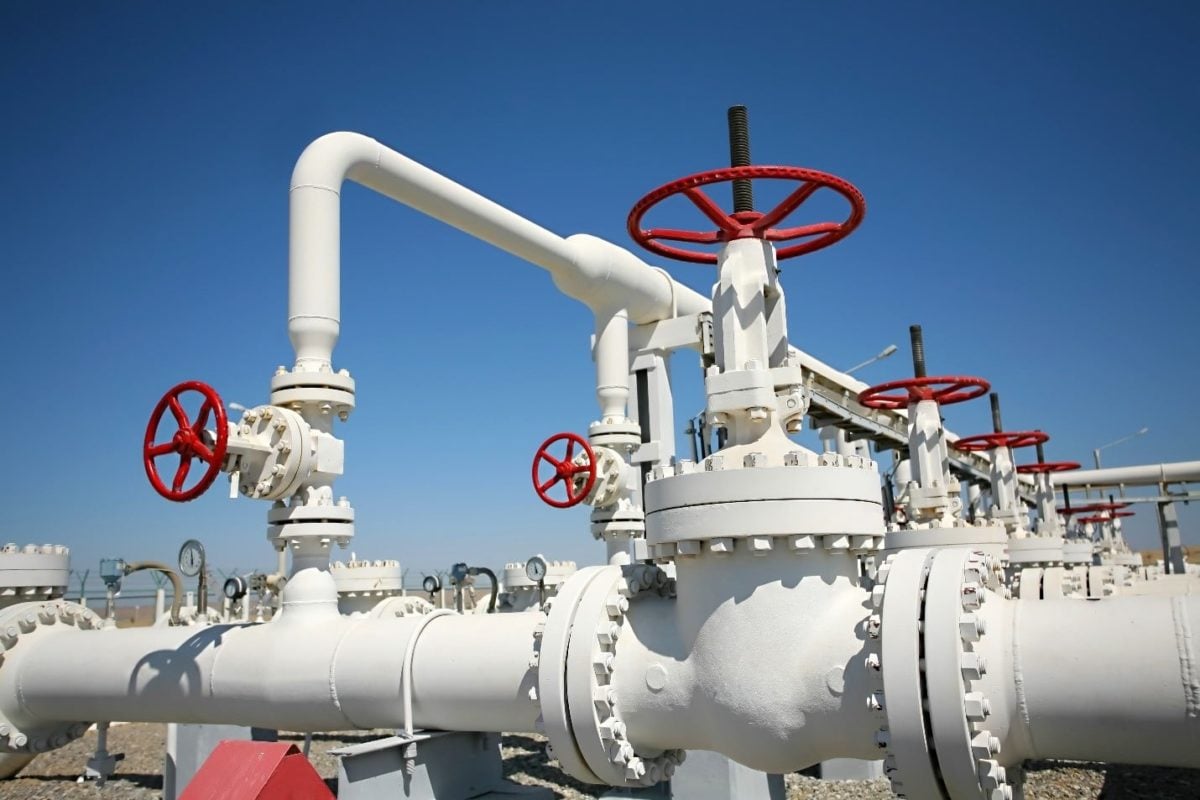Europe’s Surprising Gas Price Dip
In an unexpected turn of events, gas prices falling have become a welcome relief for consumers around the world. As summer blankets the southern regions with scorching heat, Europe has witnessed a remarkable decline in gas prices due to ample supplies. This article will delve into the factors driving this decline, compare gas prices across regions, and explore whether this trend is likely to continue or if it’s merely a temporary respite.
Gas Prices Fall as European Gas Storage Surges
The energy market has been buzzing with excitement as gas prices in Europe continue to tumble. The falling gas prices can be attributed to the abundance of supply, which has been a result of strategic planning and increased gas storage capacity in the region. Amidst concerns over soaring temperatures, the impressive surplus in European gas storage has acted as a buffer, keeping prices in check even as demand remains robust.
On Wednesday, Dutch and British wholesale gas prices showed a mixed trend, as healthy inventory levels helped offset the impact of planned Norwegian maintenance outages in August.
The front-month Dutch contract, which serves as the benchmark, experienced a slight increase of 0.65 euros, reaching 26.25 euros per (MWh). However, the September contract witnessed a decrease of 1.10 euros, settling at 28.50 euros/MWh, as reported by Refinitiv Eikon data.
Meanwhile, the British day-ahead price declined by 3.80 pence, settling at 63.00 pence per therm.
European countries have been diligently investing in infrastructure to enhance their gas storage capabilities. This proactive approach has proven to be a game-changer, shielding consumers from the uncertainties of supply disruptions and geopolitical tensions that previously plagued the energy market. As a result, the region is witnessing a scenario that was once deemed improbable – gas prices falling during peak summer demand.
Comparing Gas Prices: A Global Perspective
While Europe revels in the delight of declining gas prices, the rest of the world is also keeping a close eye on the developments. As the energy landscape evolves, it becomes crucial to compare gas prices across different regions to understand the nuances of this unusual phenomenon.
The upcoming maintenance in Norway will affect the Troll field and the Kollsnes gas processing plant in August, which might have otherwise exerted more significant pressure on prices.
In the United States, for instance, the situation has been quite different. The country experienced a significant surge in gas prices during the winter months, causing concerns for consumers and policymakers alike. However, as the global gas market adjusts to changing dynamics, the US is now closely monitoring Europe’s success in curbing prices and exploring potential strategies to replicate the same outcome domestically.
Asian markets, on the other hand, have been grappling with their own set of challenges. Rising demand, geopolitical uncertainties, and fluctuations in supply have led to a contrasting experience compared to Europe. As European gas prices plummet, Asian economies are keeping a watchful eye on how this trend might impact their energy import bills and overall economic growth.
Will Gas Prices Go Down Permanently?
The million-dollar question on everyone’s mind is whether gas prices falling are here to stay or if this is just a temporary phase. While the current conditions in Europe are favorable, predicting the long-term trajectory of gas prices remains a complex task.
Factors such as geopolitical tensions, weather patterns, technological advancements, and shifts in global energy demand will continue to influence gas prices. However, the success of Europe in managing its gas supplies and prices during a critical period can serve as a blueprint for other regions to develop their energy infrastructure further.
Gas Prices Dip: What’s Next?
As the summer heat blankets southern regions, consumers in Europe are enjoying an unexpected but delightful surprise – gas prices falling. The region’s investment in European gas storage and the abundance of supply have acted as key catalysts for this positive development. While the current scenario presents much-needed relief, the global energy landscape remains dynamic and uncertain.
Fortunately, European gas inventories were reported to be at 82.1% capacity on Wednesday, providing a sufficient cushion to stabilize prices during this period of maintenance and potential supply disruptions.
In the European carbon market, the benchmark contract experienced a slight uptick of 0.15 euro, settling at 87.50 euros per tonne.
Overall, the mixed gas price movement and the stability of European gas inventories signal a balanced market response, considering the planned maintenance and other influencing factors. Market participants will closely monitor the developments in the coming days to gauge any potential shifts in gas prices and carbon market dynamics.
As the world keeps a close eye on Europe’s success in managing gas prices, it remains to be seen if this trend is sustainable in the long run.
The post Europe’s Surprising Gas Price Dip appeared first on FinanceBrokerage.






























